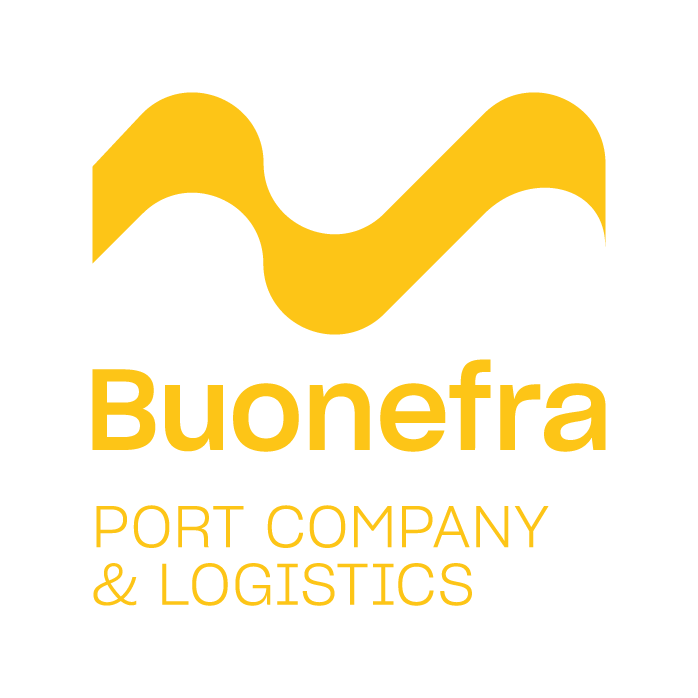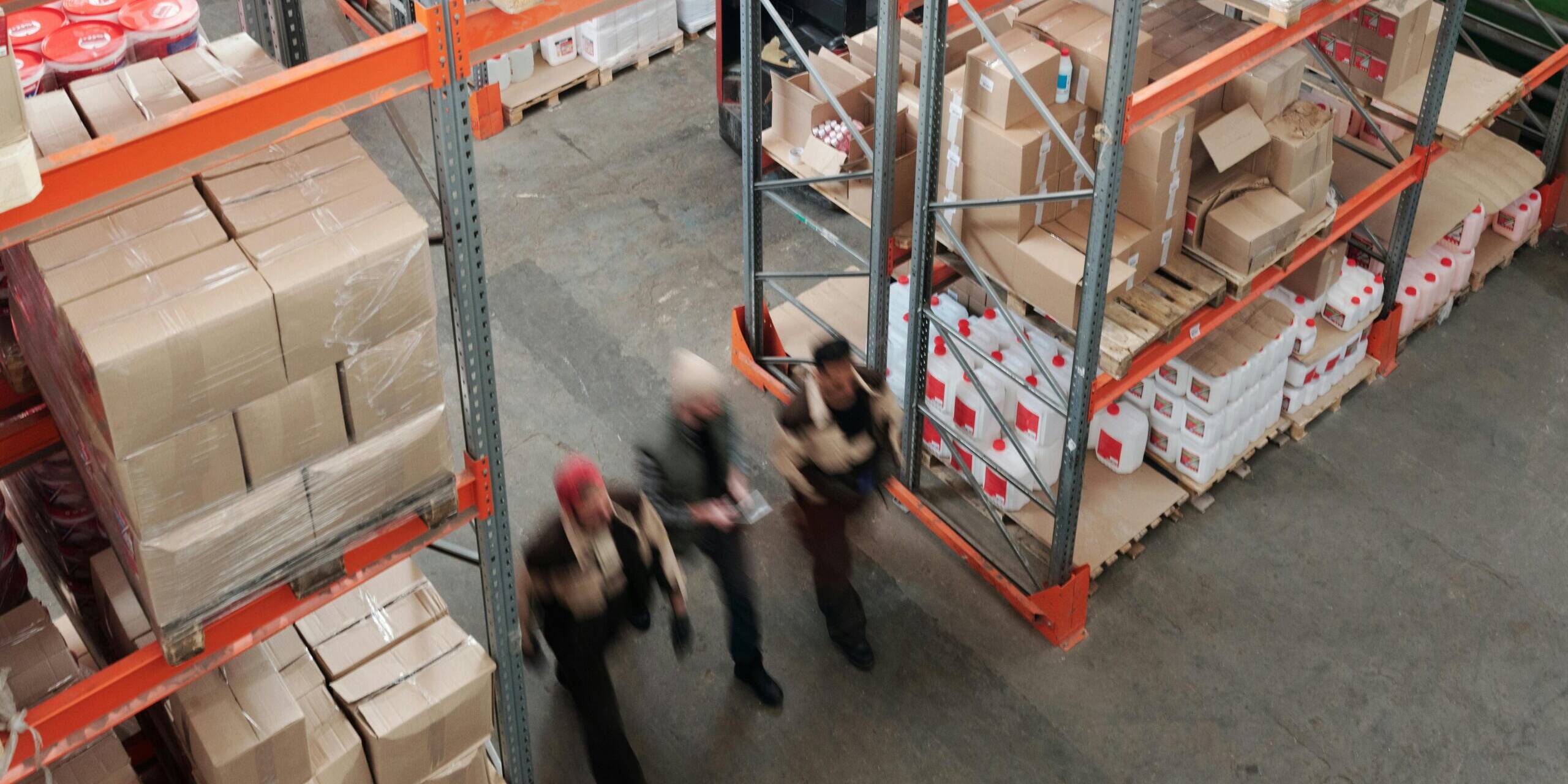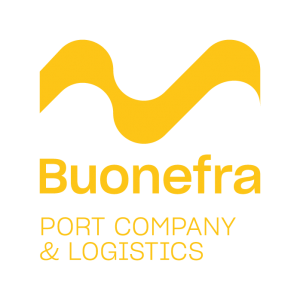Environmental pollution in the port system
Il maritime transport has been representing for years a trouble for Government and national and continental institutions in the context of fight against emissions.
The problems that characterize the port system are in fact mainly due touse of low-quality fuels, a use that causes environmental problems that are not insignificant yes when the ships are in motion, but above all in the moment of parking on the quay.
The engines of the ships cause, in fact, not only a high level of pollution and noise inside the port area (with emissions of CO2, NOx, PM 10, PM 2.5), but also in the wider surrounding area.
To further aggravate the situation is the period of port congestion crossed by most of the major ports of Europe and the United States, a topic we have talked about , promising.
Which solutions have they been designed to solve this problem? Let's see it together ...
Cold Ironing and the "electrical transition" as a solution
We are talking about Cold ironing, the electrification of the docks for which the Government will allocate several hundred million euros for a common and concrete action in all Italian commercial ports, including the Port of Ortona.
The current Italian framework, unlike other European countries, actually sees one very scarce presence of electrified docks, with those present that do not power cruise ships, ferries or container ships, but supply electricity to ship repair terminals or cranes for handling goods.
The proposed investment, which reflects the national decarbonisation targets established in the PNIEC in terms of energy efficiency in transport, consists in the creation of a network of systems for the supply of electricity from the shore to the ships during the mooring phase, In order to minimize the use of on-board auxiliary motors for self-production of the necessary electricity, significantly reducing emissions CO2, nitrogen oxides e fine, as well as the acoustic impact.
A future closer than ever
Il 2022 represents in this sense a key year: it is foreseen in fact within March this year - in two months - the transfer of the huge economic resources to the implementing bodies, with the collective work that should instead be concluded by 2025 with the purpose of:
- Reduce marine pollution especially when maneuvering in ports
- Reduce noise pollution
- Reduce air pollution
- Respect the European objectives on sustainability in the transport sector
A project as ambitious as it is realistic, but there is a problem: dear-energy which is overwhelming Italy and Europe.
With electricity costs soaring like never before, is investing really the right and most sustainable way for companies?
We will talk about this in our next article.
Do you find our content interesting? Sign up for our monthly newsletter clicking here.




